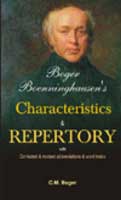Personality :: Behavior, Stress and Trauma
What is trauma? The Trauma is: 1. A physical injury or wound caused by external force or violence. It may be self-inflicted. The principal types of trauma involved include motor vehicle accidents, falls, burns, gunshot wounds, and drowning. 2. An emotional or psychological shock that may produce disordered feelings or behavior.
